Note: This series isn’t about endorsing any particular company or brand. My goal is to cover major stores, where most Americans shop, to show people that just making a switch in the products they purchase is a huge first start in adopting a real food lifestyle–this only requires changing what you put in your cart. Once this hurdle is conquered, other options may be explored–farms, co-ops, and local health stores. Small, but practical changes lead to a doable lifestyle! Learn more about shopping for real food under the “Shopping 101″ section on the blog.
Congrats! We have made it to the halfway point in the real food shopping series. So far we have visited five stores,and we have five more left to go. The halfway mark is a good time to slow down for a minute and talk about sourcing local food.
My goal in writing this series is to empower you to find real food anywhere! No excuses! And while I have found that it really is possible to find real food in just about any store, there are a few foods that are very limited in most conventional stores: meat, dairy, and sometimes eggs and produce. Inappropriately raised meat, dairy, and eggs can’t be washed like produce. This means it’s particularly important to find better sources for these foods, and if you can’t find them in the grocery store it’s time start exploring local sources.

Want to Save This Article?
Enter your email & I’ll send it straight to your inbox. And you’ll get new recipes & tips each week.
At some point in your real food journey–once you’ve started making the switch in your grocery cart at the store you regularly visit–you may feel the need to venture out of the four walls of the grocery store and source these harder to find foods. While it would be ideal to shop from local sources for all our food needs, this isn’t always possible. There are many factors that may limit someone from shopping local 100% of the time: time, distance, local laws (raw milk is illegal in some states), and the lack of local food in an area (my area isn’t exactly known for local food).
Despite limitations, going local is usually possible, even if it’s just for a few items you can’t source from a big store (like eggs and grass-fed meat). Today, I want to empower you to shop outside the grocery store. Think about the foods you’re having a hard time sourcing, and venture out! I know, the idea of venturing out sounds scary, but I promise to help.
Four Reasons Shopping Local Matters
1. Affordability: While it may seem like shopping at a big conventional store is the cheaper way to buy food, this isn’t always the case. Shopping local can often help your real food budget.
For example: In my area, grass-fed beef can be purchased at Target. Yes, this is amazing, but if I purchased this beef every single week I would spend $8/lb. Instead, I purchase a quarter to half a cow which comes out to $5.50/lb. Yes, buying meat in bulk requires budgeting up front, but purchasing our meat in bulk equates to a significant savings over time.
2. Support the Local Economy/Farmers: While it may appear that you don’t have many local food suppliers/farms in your area (raises hand), a bit of searching may prove just the opposite. Shopping from just one local store, produce stand/market, co-op, or farmer allows you to put money back into the “small guy”–the local unseen farmer or family-owned grocer wanting to help the local community and support his/her own family.
3. Know Your Food: Purchasing food from a local source(s) allows you to intimately know your food! While the beef from Target may claim to be grass-fed (and I believe this label is true), I don’t actually know the source of the meat. This means while I’m making a better choice than the conventional beef, I’m still “in the dark” about the actual food source and living conditions of the animal. Local stores, co-ops, and farmers should be able to disclose their practices, where they source the meat sold in the store, or how the meat is raised/slaughtered on the farm.
4. Your Voice Matters: Most big grocery stores will listen to customers and try to stock the food requested, but this may require jumping through some “chain of command” hoops. Shopping at a local store often means if you request a product, the store may be able to find a local source or a supplier much faster without obtaining corporate permission. Farmers also listen to customers. If you purchase milk from a local farm and desperately need good eggs, they may start raising a few chickens or know a fellow-farmer with egg-laying hens.
My Local Food Sources
I mainly shop for real food from five main sources: Saturday Morning Market, Whole Foods, a local co-op every two weeks (milk, eggs, and some local produce), a local farm for meat twice a year, and Nature’s Food Patch (a locally-owned natural food store). I’ll occasionally visit Publix for items like oats, raisins, a quick produce run, etc.
Below, you’ll find pictures of my favorite finds from Nature’s Food Patch and the Saturday Morning Market. I hope the photos provide you with a little glimpse into the amazing variety and unique selection of real food options you can find when you venture out of the big chain stores.
Since the point of this post is to provide you with the resources (below) for finding real food in your local area, I’m not going to provide a shopping list for my market or local health food store. The selection found in markets, farms, local stores, and co-ops will vary according to region–that’s the beauty of shopping local!
Nature’s Food Patch…
On the right: Local kombucha on the tap. It’s the BEST!
My Local Farmer’s Market…
Finding Local Food: Ten Resources You Need to Get Started + A Printable Guide
Thank you so much for joining me for another shopping trip! I can’t wait to go shopping with you again next week. Before we part ways, I want to leave you with a resource list for finding local food in your area. This list will help you easily find real food options in your area: co-ops, local health food stores, farms, and markets.
1. Localharvest.org: Find farmer’s markets, farms, and CSA communities (community supported agriculture) in your area.
2. FoodRoutes.org: The website is still under development. You can email the contact on the site for questions about local food sources associated with Buy Fresh Buy Local in your area.
3. Eatwild.com: Find local grass-fed meat, eggs, and dairy.
4. Coopdirectory.org: Search for local co-ops (member-based real food communities) by state. Co-ops must be registered with this site to appear in searches. If a co-op isn’t found in your area, ask around at local markets and health food stores for more information.
5. Eatwellguide.org: Find restaurants serving local food, farms, and farmer’s markets.
6. Edible Magazine: Edible is a nation-wide magazine published in various cities/regions. The publications are usually available at local restaurants, markets, and health food stores. Local stores, farmers, and restaurants are featured throughout the magazine.
7. Visit a Local Health Food Store: If you have a local health food store in your area, ask the manager for local farm contacts.
8. Google: Google is your friend when it comes to finding real food. A simple Google search (for example: “Tampa Bay Grass-Fed Farms”) may yield a number of promising leads.
9. Craigslist: Yes, Craigslist can be a little creepy, but a quick farm search may lead you to possible food sources (u-pick farms, local markets, farmers). Always be cautious about spammy ads. I only investigate the ads with phone numbers and names.
10. Visit a Farmer’s Market: Once you’ve found a farmer’s market, take the time to get to know the local farmers selling produce, meat, eggs, and milk each week. Getting to know your farmers may help you source other real food options in your area. The local food community is a close network.
You can download and print this “shopping resource list” to keep in your meal planning folder/binder/workbook or fridge to help you easily source real food in your area.

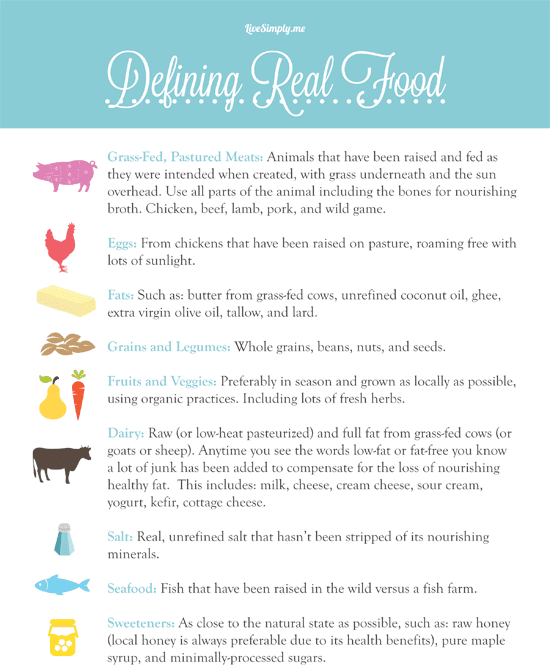

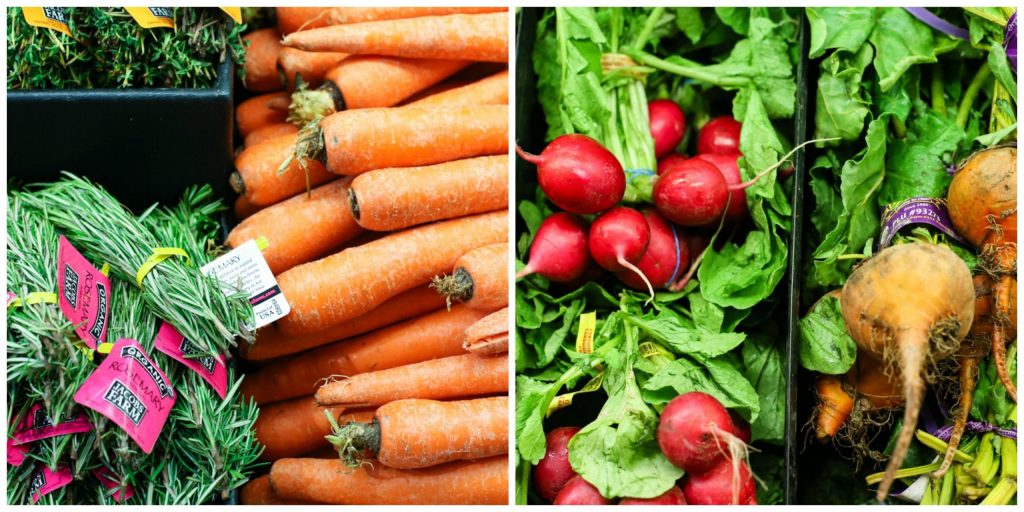
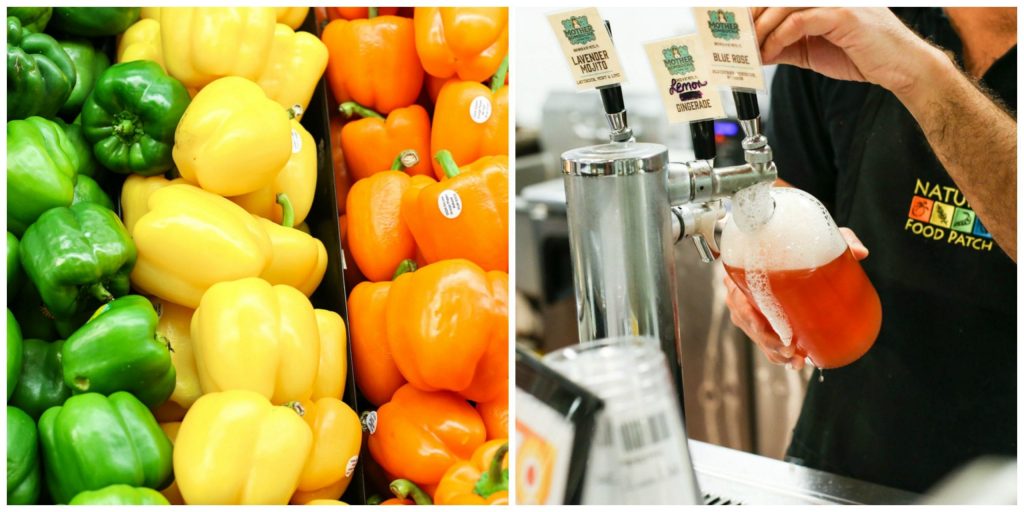
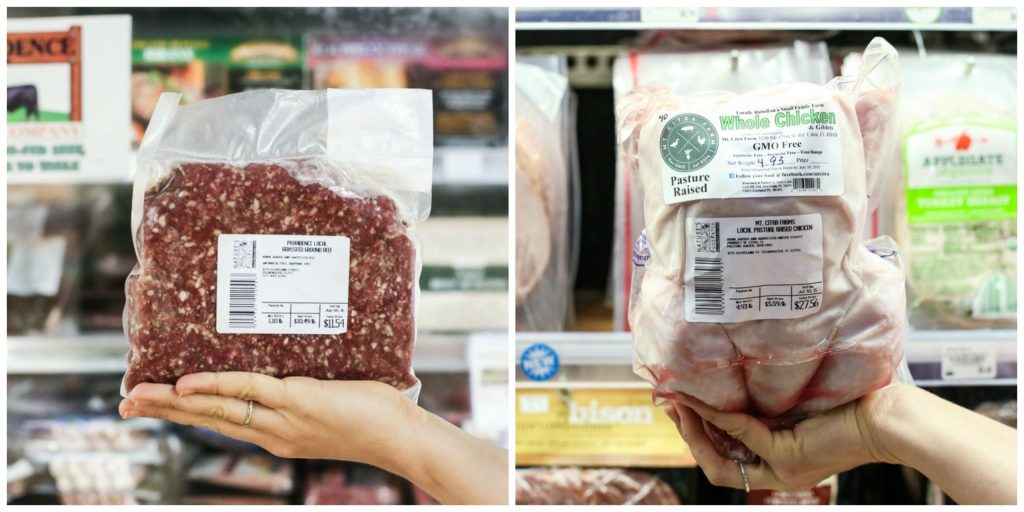
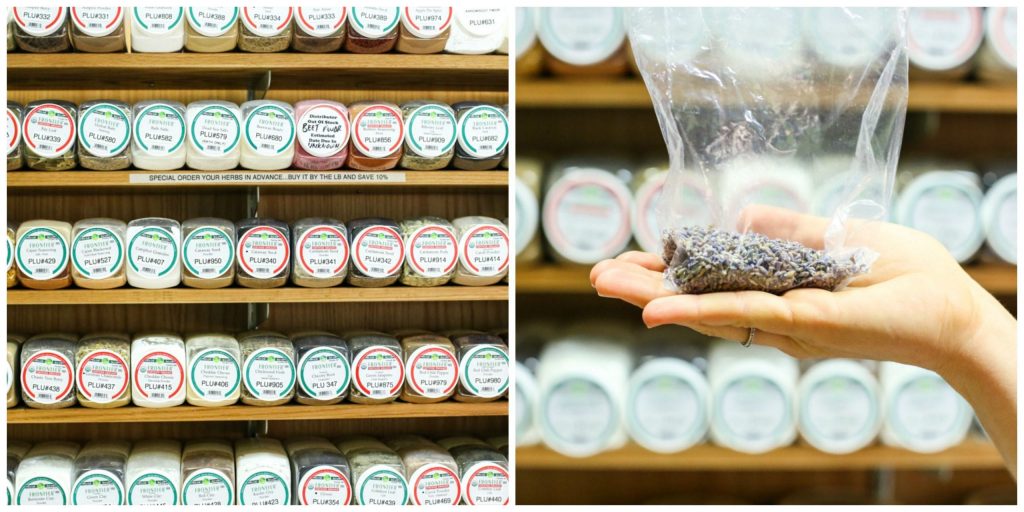
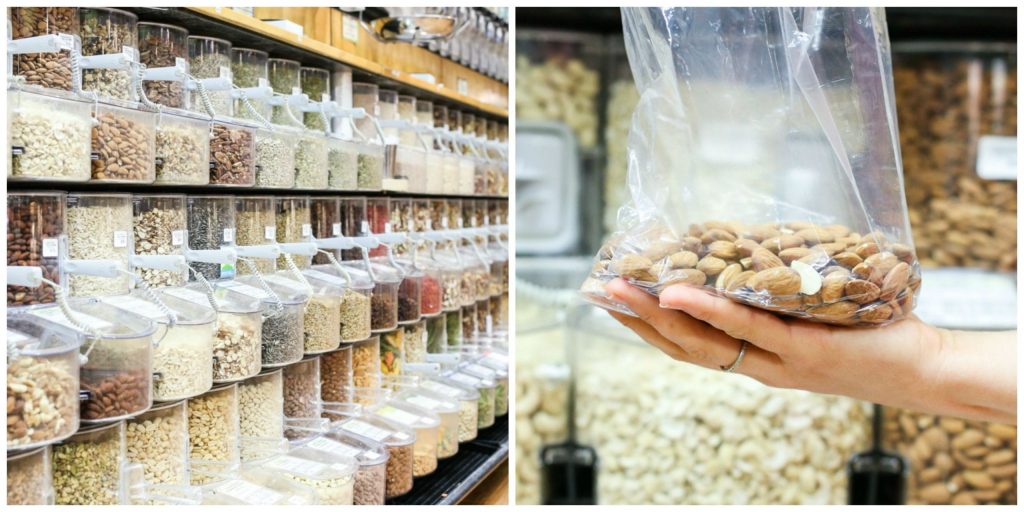
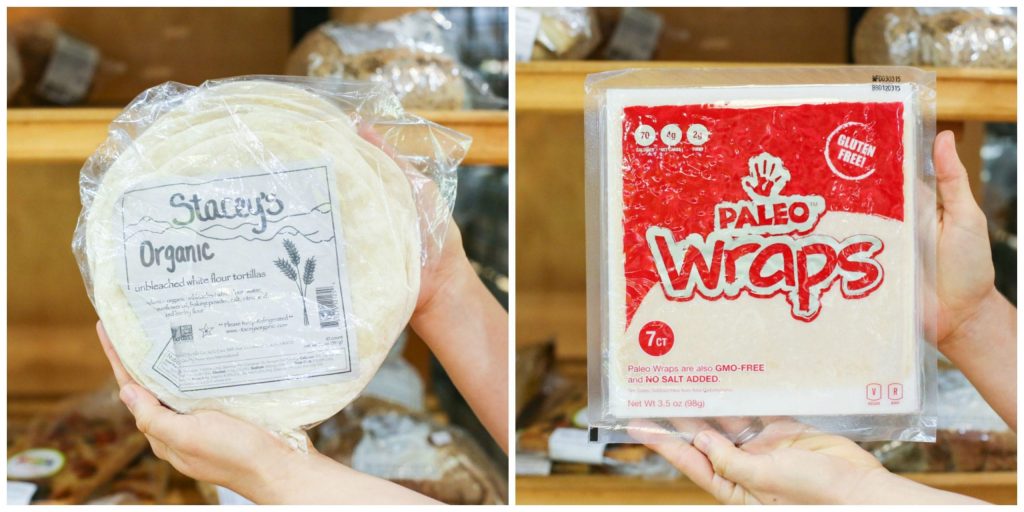
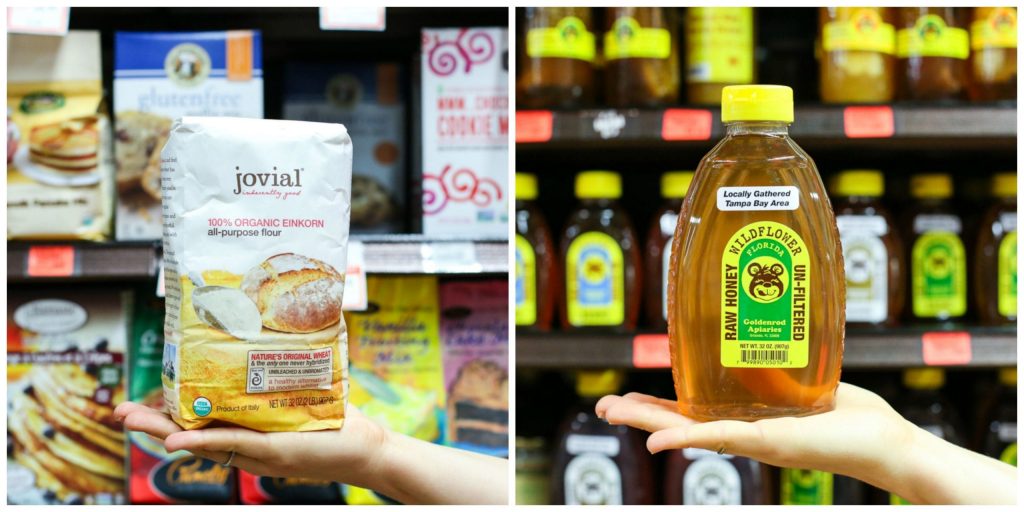
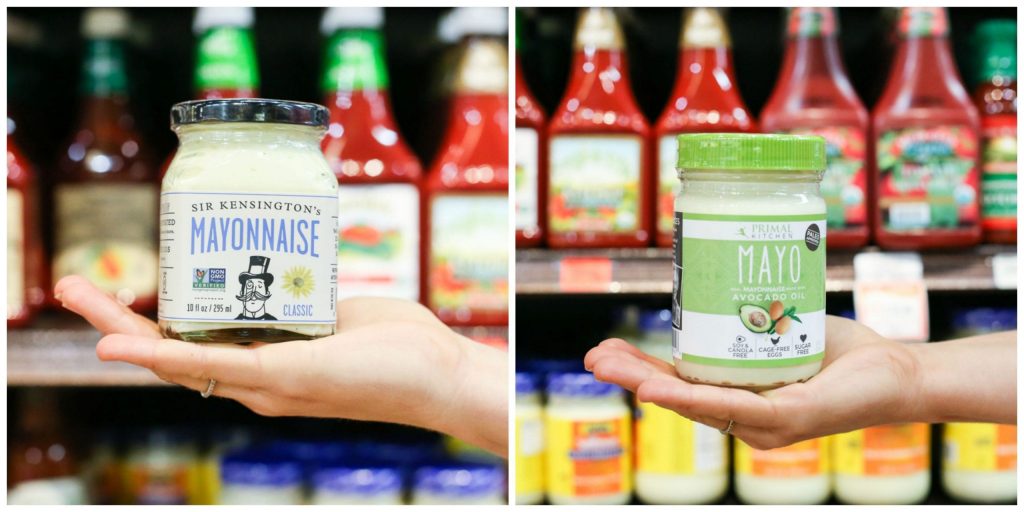
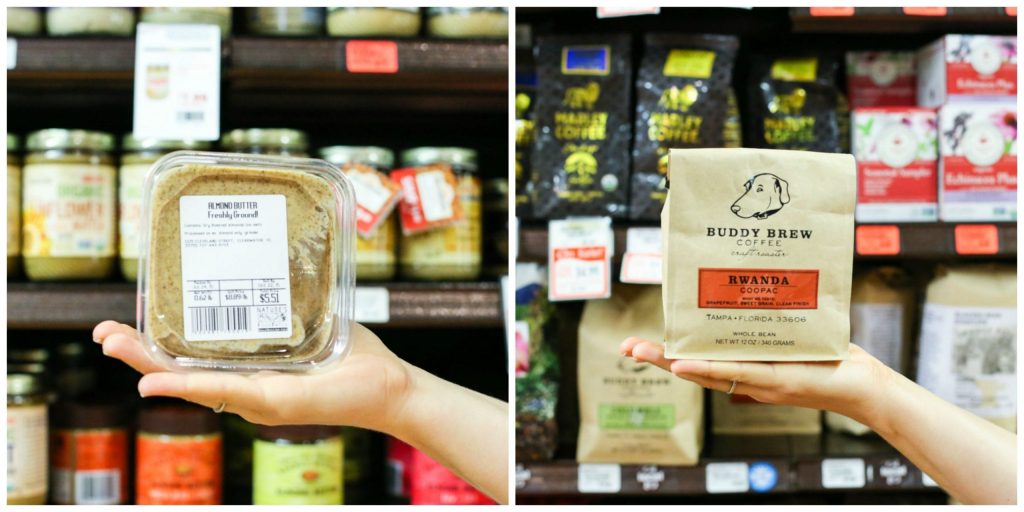
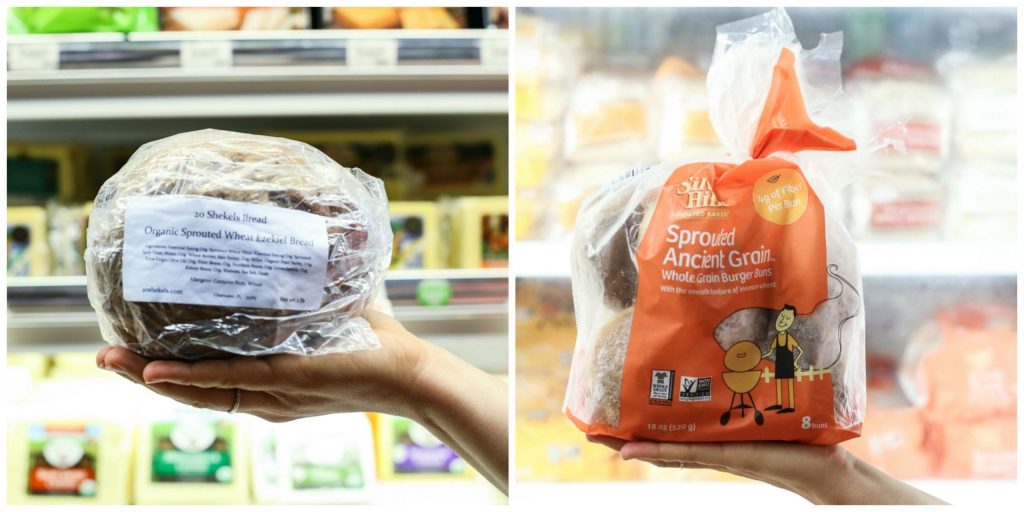
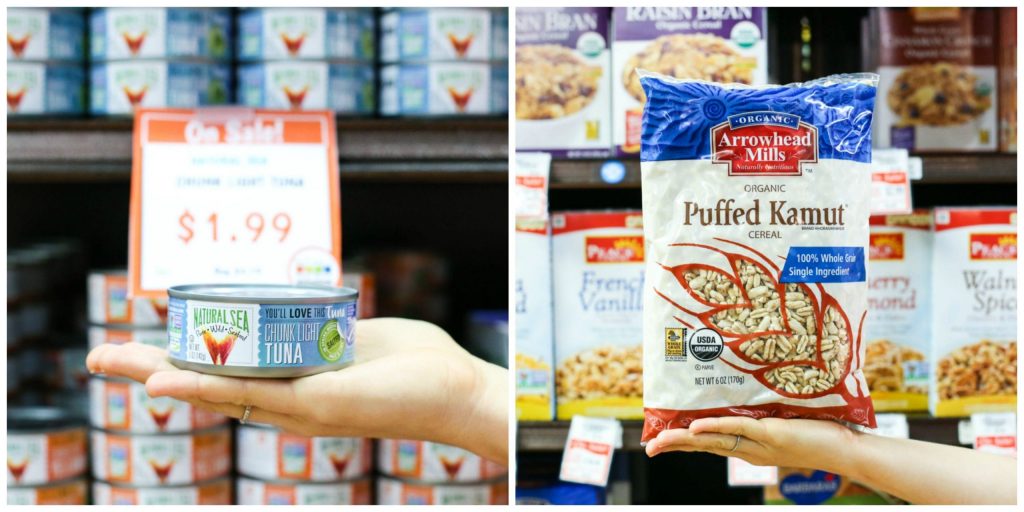
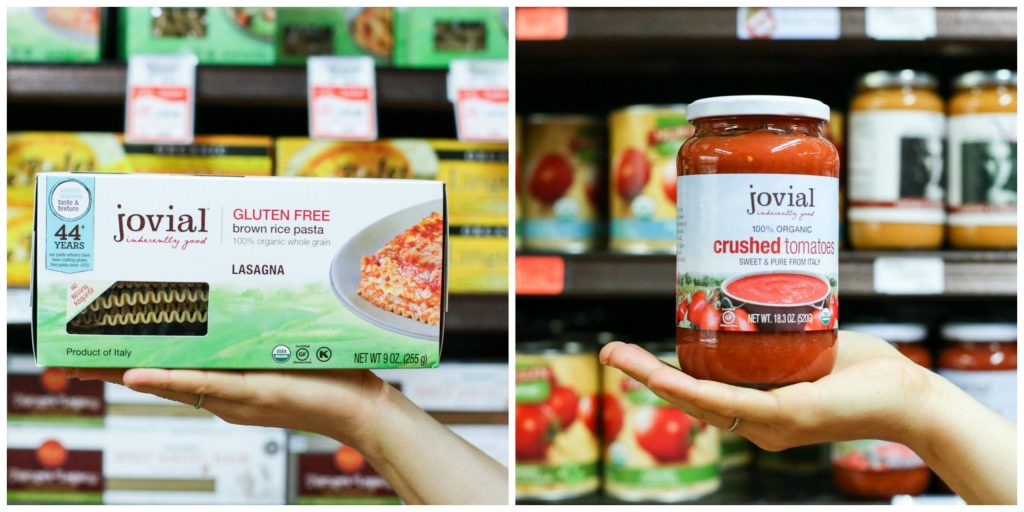
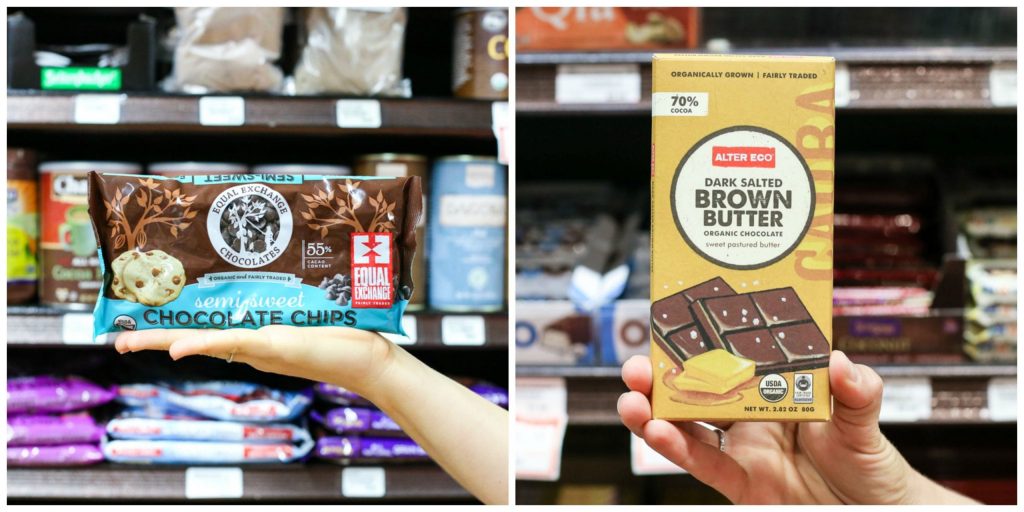
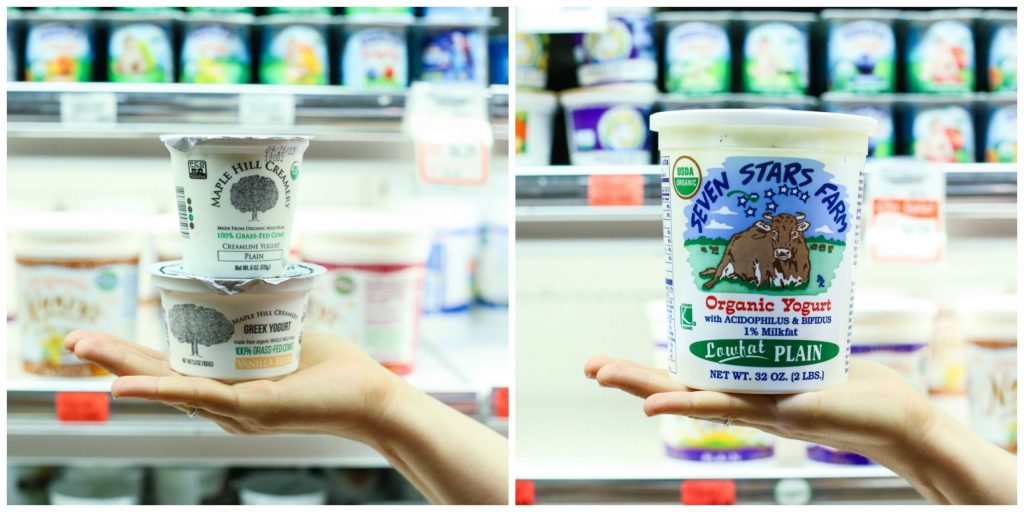
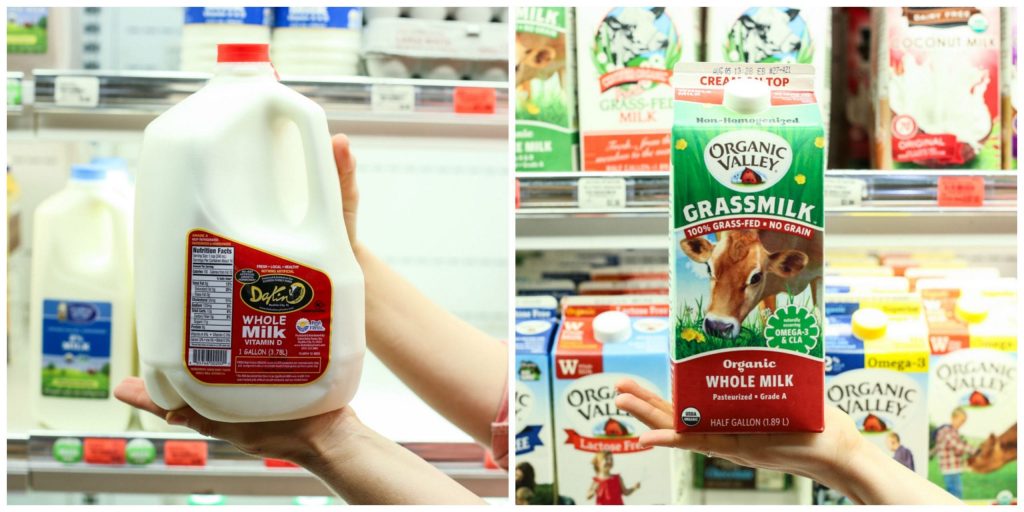
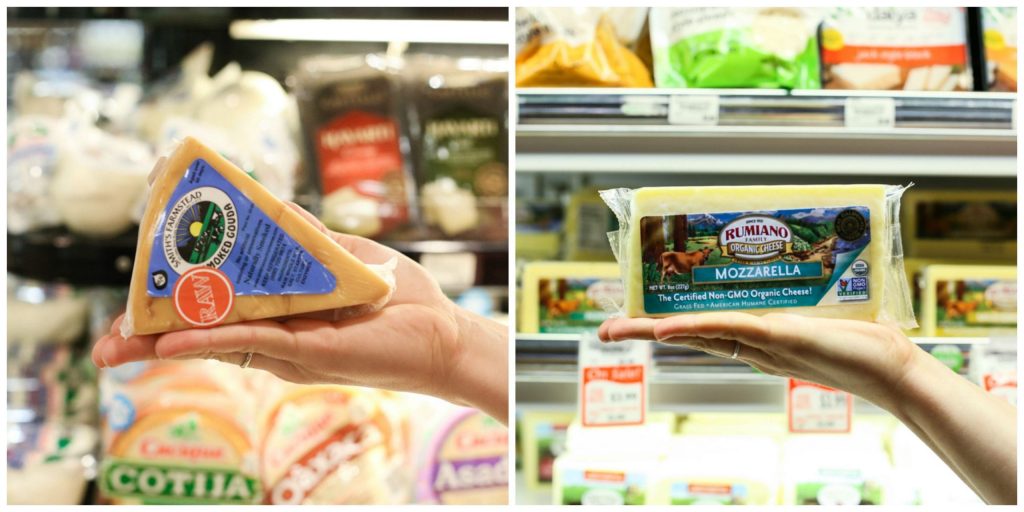
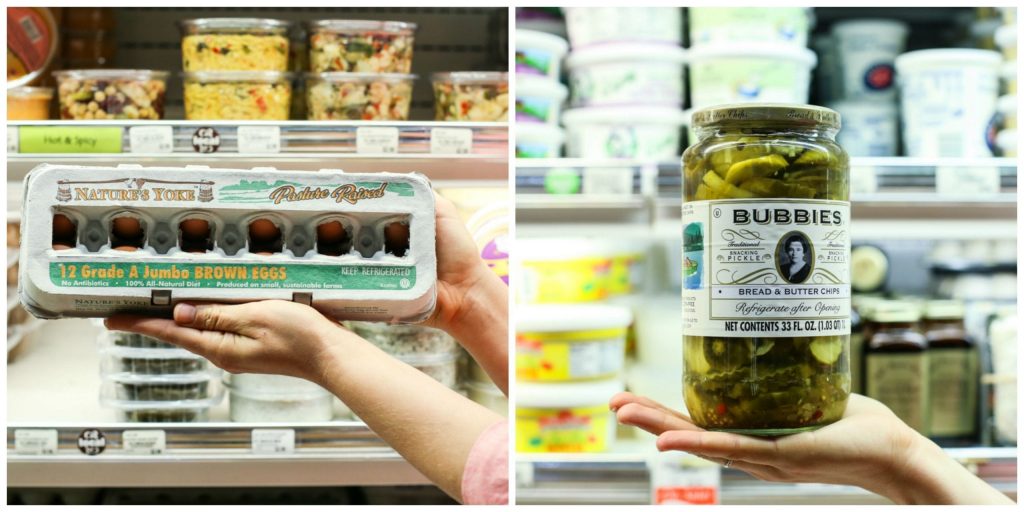
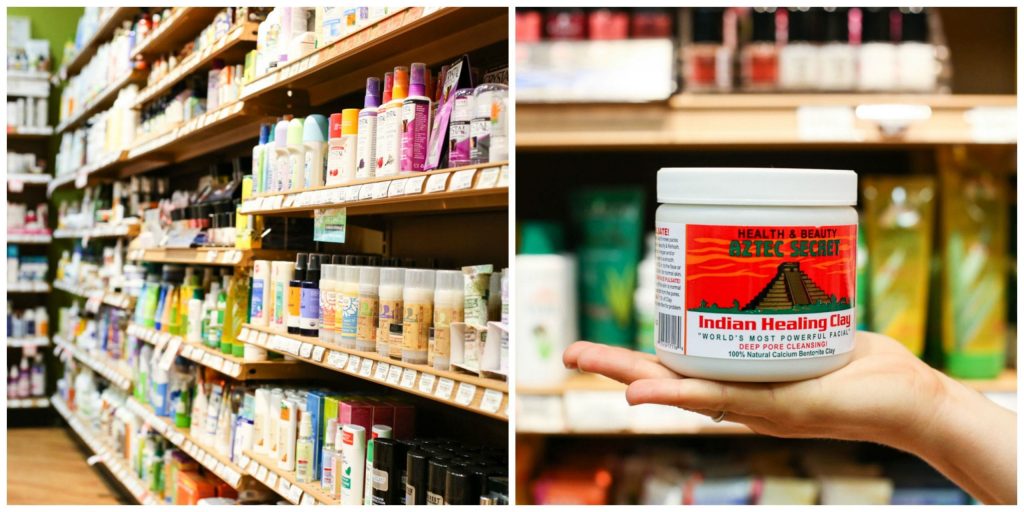
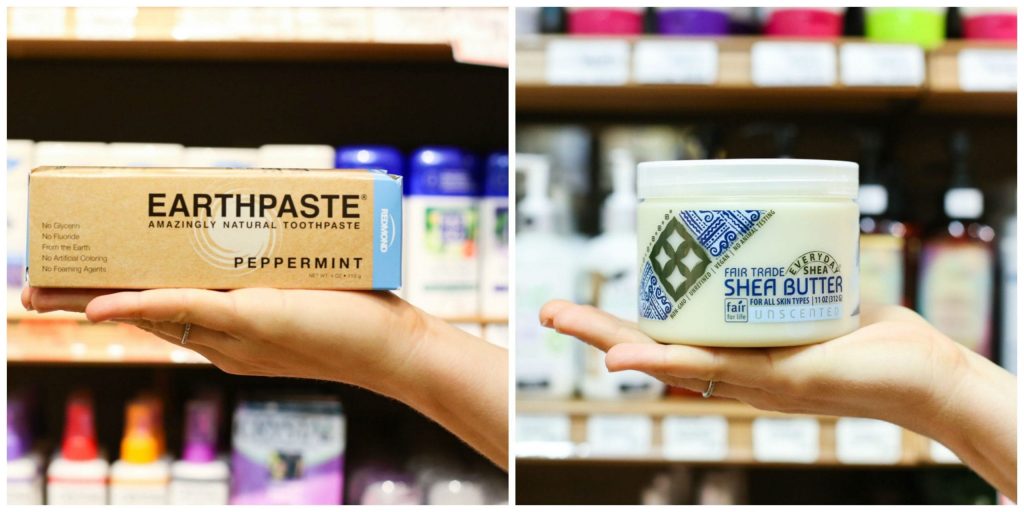
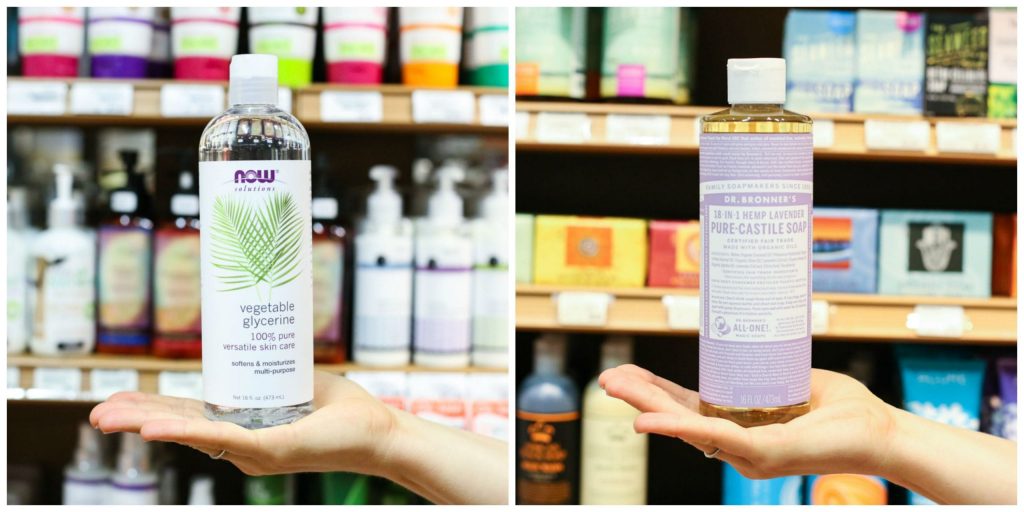
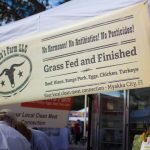
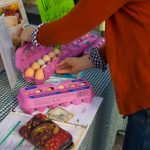


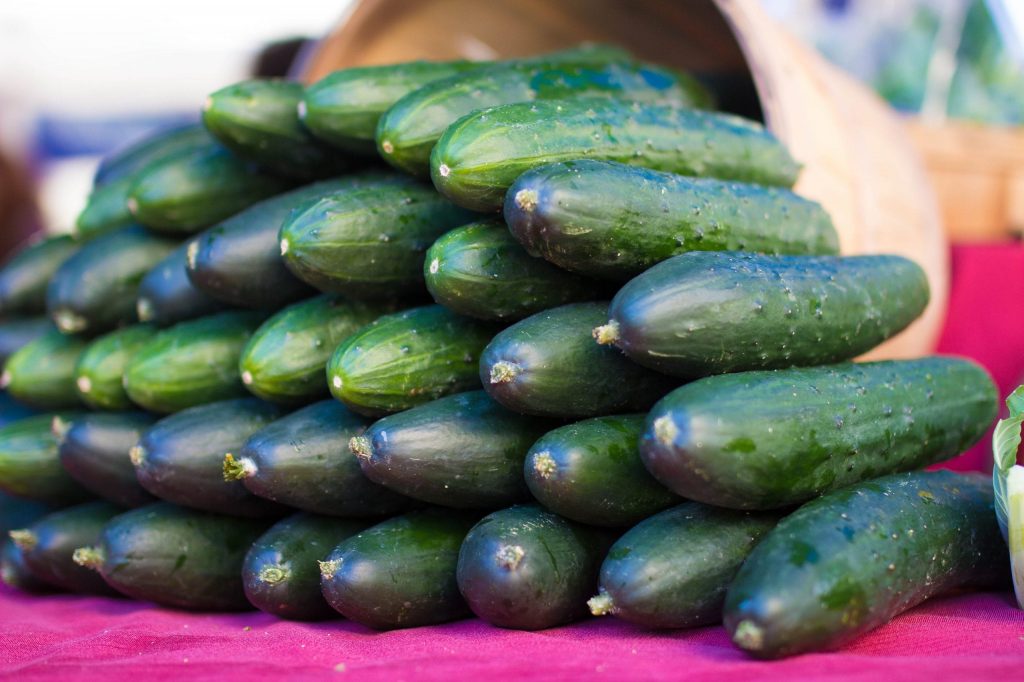
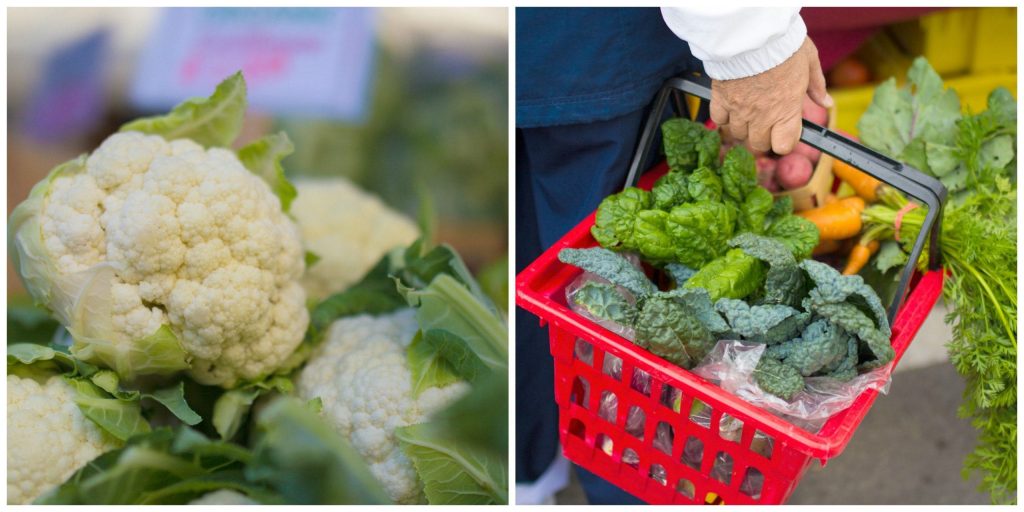
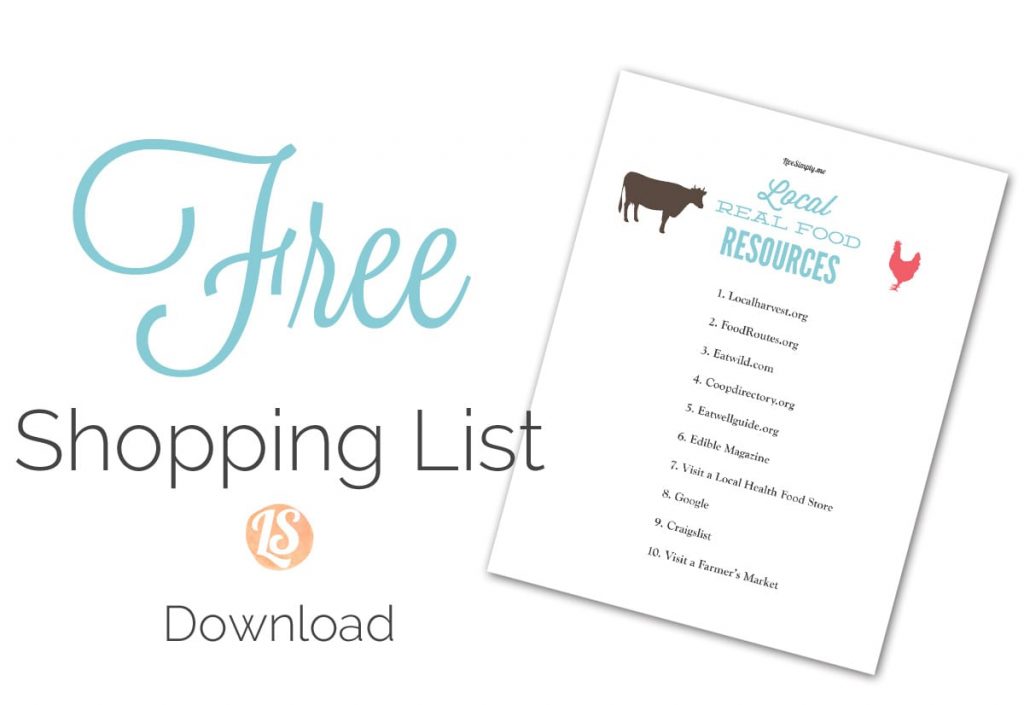
Awesome info, Kristen, thanks! Question, about how long does buying half-a-cow/ pork in bulk like that last you?
Hey Leanne, I’m so glad the post was helpful. Typically, half a cow and pig will last us about 9 months, but I usually run out of bacon and ground beef before that time. So I purchase bacon and ground beef from the store after about the fifth or sixth month.
How can I define what is the real food. Could you give me some advice?
Hey Stacy, Here’s our definition: https://livesimply.me/2013/04/12/our-real-food-journey-part-1/. Also, it may help to subscribe via email to receive my free ebook–the book discusses the basic of real food :).
I *want* that booch on tap!!! 😀
It’s so good, Renee! I would send you a bottle if I could!!
What a wonderful resource, Kristin! Your post is packed full of good sense and tips for good eating. I’m in the UK, so sadly the specific shops don’t apply to us, but the principles of local eating and supporting local growers and producers is so good. It reminded me of a book I bought myself (on a whim!): Year of Plenty, by Craig L. Goodwin, where the family, tired of mindless consumption, embarks on a year-long journey of consuming only local, used, homegrown or homemade items. I’ve never regretted my purchase and have loaned it out countless times to provoke more thoughtful living. Thanks for your contribution to our family’s life 🙂
Thank you, Angela! I haven’t hard of that book…I can’t wait to check it out! Thank you for the recommendation.